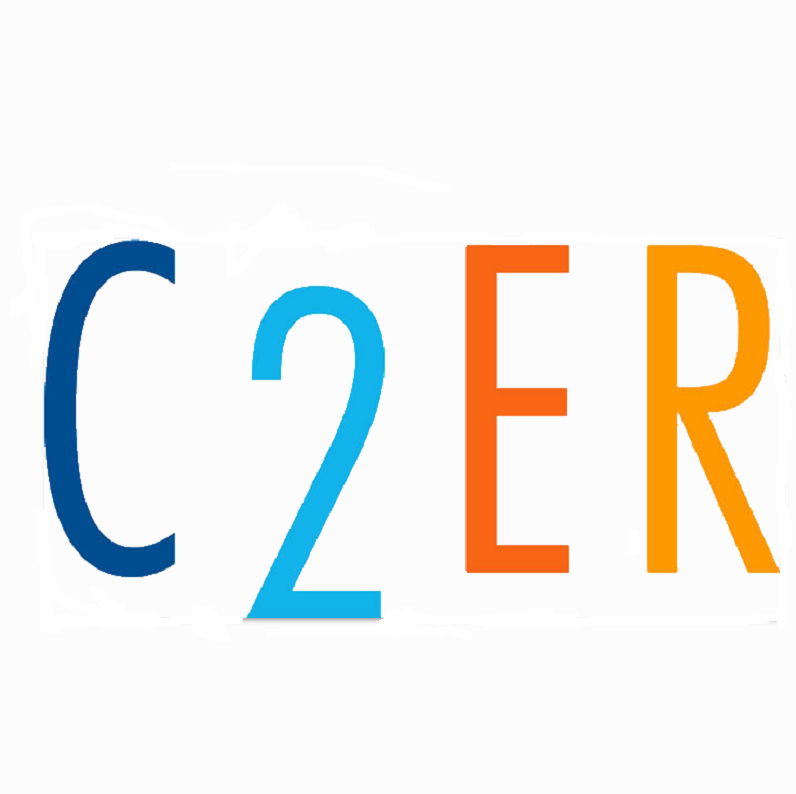New Data on the Attainment of Certifications and Licenses
The above map provides state-level attainment rates. Scroll over your state to see how it compares nationally! The attainment rate is the percentage of the population with a certification or license, according to the LMI Institute’s analysis of Current Population Survey data made available by the Bureau of Labor Statistics.
This article is part of a series of reports on new estimates from the Labor Market Information Institute State Certification and Licenses Data Tables.
Eighteen percent of the United States civilian non-institutional population aged 16 years or older has a certification or license. Across states, the percentage of the population with a certification or license ranges from 15 percent in California to 22 percent in Maine. Across occupations, the difference in average weekly earnings for those with a certification or license ranges from $70 to $744.
While non-academic credentials are not as common as a college degree, they do boost employability and earnings, providing opportunities for those with and without a college degree to advance their career. Attainment of certifications and licenses increases by education level and is generally associated with higher earnings.
Key Definitions and Methods |
| The attainment rate is the percentage of the population with a certification or license
To find the attainment rate for various sub-populations, we divide the number of people in the sub-population with a certification or license by the total number of people in the sub-population. The difference in earnings is found by subtracting the earnings of people without a certification or license from the earnings of people with a certification or license |
As the first state-level estimates of certification and license attainment for the United States, the State Certification and Licenses Data Tables are a new tool for specialists in workforce, education, and economic development. Previous state-level research into certifications and licenses sought to categorize and analyze licensed occupations, measure the burden of attaining licensure, or estimate the count of different licenses nationwide. The State Certification and Licenses Data Tables report the labor force status and earnings for the population with and without a certification or license by age, gender, race and ethnicity, occupation, and industry.
The State Certification and Licenses Data Tables have several key limitations derived from the design of the Bureau of Labor Statistics’ Current Population Survey (CPS). First, due to the limited number of questions included in the survey instrument, it is difficult to separate the attainment of certifications and licenses. Licenses are authorized by a government licensing agency and convey legal authority to work in an occupation, while certifications are awarded by non-governmental bodies. Second, the survey does not collect data on the specific certifications or licenses held by individuals. For example, CPS data only notes whether a worker in a computer and mathematical occupation has a certification and/or license or not – it doesn’t distinguish whether the individual held a Comptia Security+ or Project Management Professional certification. Lastly, the State Certification and Licenses Data Tables provide limited information on persons with lower levels of education and in smaller racial/ethnic groups due to smaller available samples. To account for this smaller sample size, the State Certification and Licenses Data Tables rely on a 3 year estimate of CPS data currently spanning 2016 to 2018.
Despite these limitations, the Labor Market Information (LMI) Institute is excited for its state LMI partners to engage with the State Certification and Licenses Data Tables. State LMI shops have the necessary familiarity, data, and tools to understand these estimates within the context of their state. Combined with an understanding of their state’s trends, LMI researchers can utilize these estimates to better understand of the effect of non-degree credentials on labor market outcomes in their state. LMI Institute will also be publishing public views for a broader audience. See the map above and follow the link to explore the data.
The Bureau of Labor Statistics’ (BLS) Current Population Survey collects information on the prevalence of certifications and licenses in the United States, published annually. Using this data, the Labor Market Information (LMI) Institute produced state-level estimates on the prevalence of certifications and licenses, including tables comparing certification and licensure by educational attainment across occupations, age, race and ethnicity, and gender.
